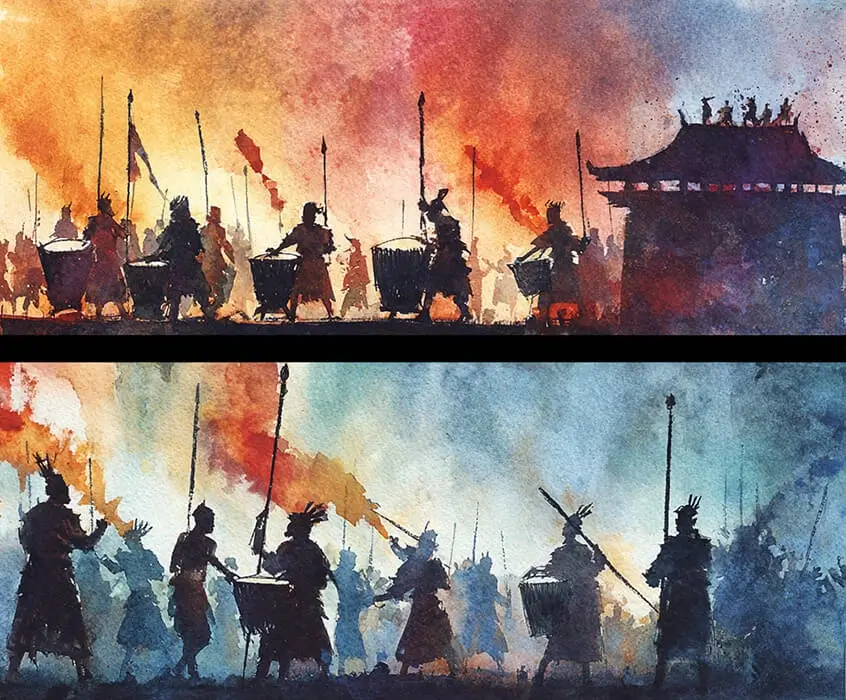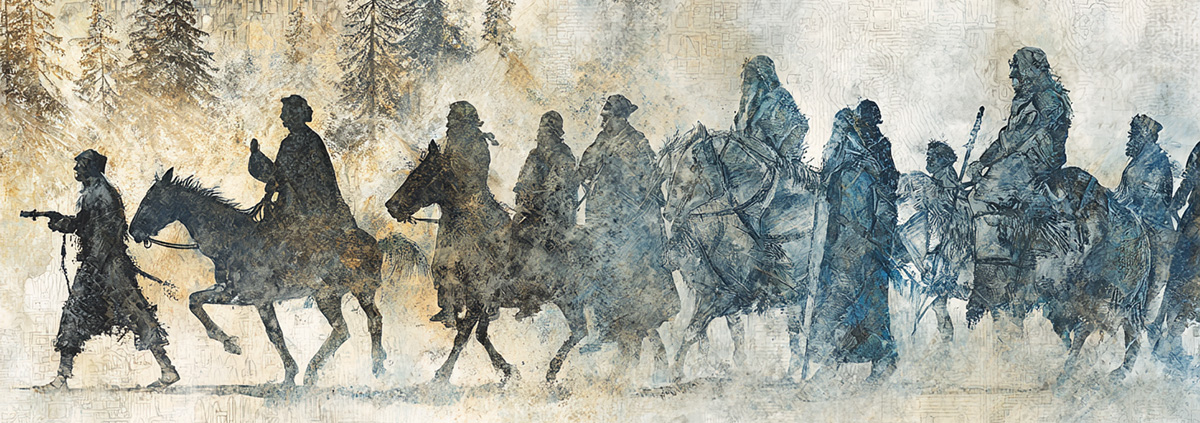Human communication has gone through an extraordinary evolution since the dawn of civilization. From the first gestures and shouts of our ancestors to the sophisticated postal systems of ancient empires, this journey reveals how societies have always looked for more effective ways to transmit information.
When early communities began to settle down in larger groups, they soon came across the need to communicate beyond the limitations of speech. The human voice, however expressive, could not reach out over great distances or last through time. This limitation led our ancestors to work out alternative methods that could get around these natural barriers.
In West Africa, ancient communities came up with a fascinating system known as talking drums. These special instruments could bring about the rhythms and intonations of spoken language, allowing complex messages to be passed on across great distances. The drums served to announce important arrivals, warn about imminent dangers, and even sort out disputes between distant villages.
Meanwhile, other cultures turned to smoke and fire signals. The ancient Chinese put together an elaborate system of watchtowers along the Great Wall, where soldiers lit up fires with different colored smoke to give warning of approaching invasions. The Greeks built on these techniques further, working out methods that brought together torches and water clocks to transmit more complex messages.



